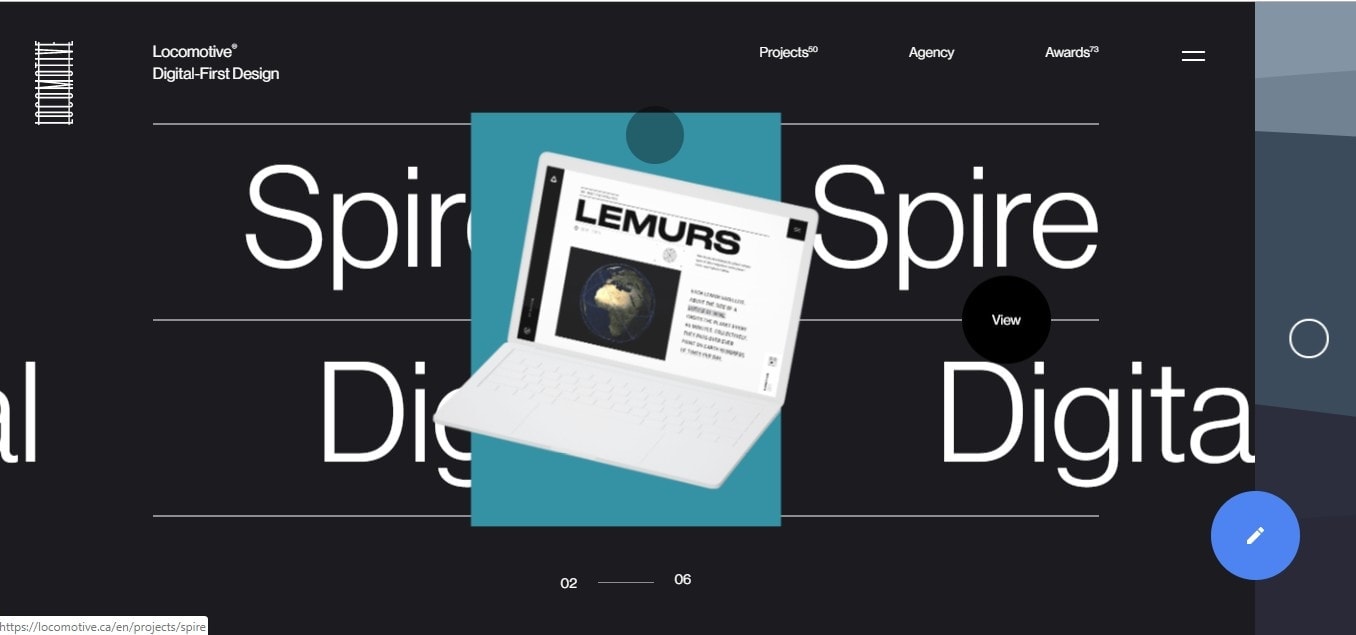The Bernard Rodriguez Journal
Exploring the latest trends and stories in news and lifestyle.
Designing Delight: Making Web Graphics That Wow
Unlock the secrets of stunning web graphics! Discover expert tips and tricks to create designs that captivate and inspire.
Top 10 Principles of Effective Web Graphic Design
Effective web graphic design is crucial for engaging users and enhancing their overall experience. Here are the top 10 principles that every designer should consider:
- Clarity: Ensure that your graphics communicate the intended message clearly.
- Visual Hierarchy: Use size, color, and layout to prioritize the info.
- Consistency: Maintain a uniform style throughout your website.
- Contrast: Use contrasting colors to make important elements stand out.
- Alignment: Properly align elements to create a balanced layout.
In addition to these foundational principles, remaining mindful of accessibility can significantly enhance user engagement. This includes using alt text for images and ensuring that colors are distinguishable for all users. Here are the remaining five principles:
- Whitespace: Utilize whitespace to avoid clutter and enhance readability.
- Responsive Design: Ensure graphics look good on all device sizes.
- Typography: Choose readable fonts that align with your brand.
- Imagery: Use high-quality images that enhance your message.
- User-Centric Design: Always design with your target audience in mind.

How to Choose the Right Color Palette for Your Web Graphics
Choosing the right color palette for your web graphics is essential for creating an effective visual identity. The colors you select can evoke emotions, convey messages, and even influence user behavior. Begin by considering your brand's personality and target audience. Conduct a color psychology analysis to determine which colors resonate with your audience. For example, blue often conveys trust, while red can evoke passion. To streamline your selection process, compile a list of complementary colors and ensure they work harmoniously together.
Once you have a preliminary color list, it’s important to test your palette in various settings. Use design tools to visualize how your colors look on different devices and backgrounds. Additionally, gather feedback from your audience to determine if the colors effectively communicate your brand message. Remember that accessibility should also be a priority; ensure that your color choices provide sufficient contrast for all users, including those with visual impairments. By following these steps, you'll be well-equipped to choose the right color palette for your web graphics, enhancing both aesthetics and functionality.
Is Visual Hierarchy the Key to Stunning Web Graphics?
In the world of web design, visual hierarchy plays a crucial role in capturing and maintaining a user's attention. It is the principle that arranges elements on a page in a way that guides the viewer's eye and, ultimately, enhances their experience. By strategically using size, color, contrast, and spacing, designers can draw focus to the most important components of a web graphic, ensuring that the message is communicated effectively. For instance, larger fonts can indicate headings, while contrasting colors can highlight calls to action. This thoughtful arrangement not only improves aesthetics but also increases user engagement.
Moreover, implementing a strong visual hierarchy can significantly impact a website's conversion rates. When users can quickly identify key information, such as offers or important updates, they are more likely to take action. By prioritizing content through visual cues, designers can create a seamless flow of information that encourages exploration and interaction. In essence, mastering the art of visual hierarchy is essential for anyone looking to design stunning web graphics that resonate with users and drive conversion.